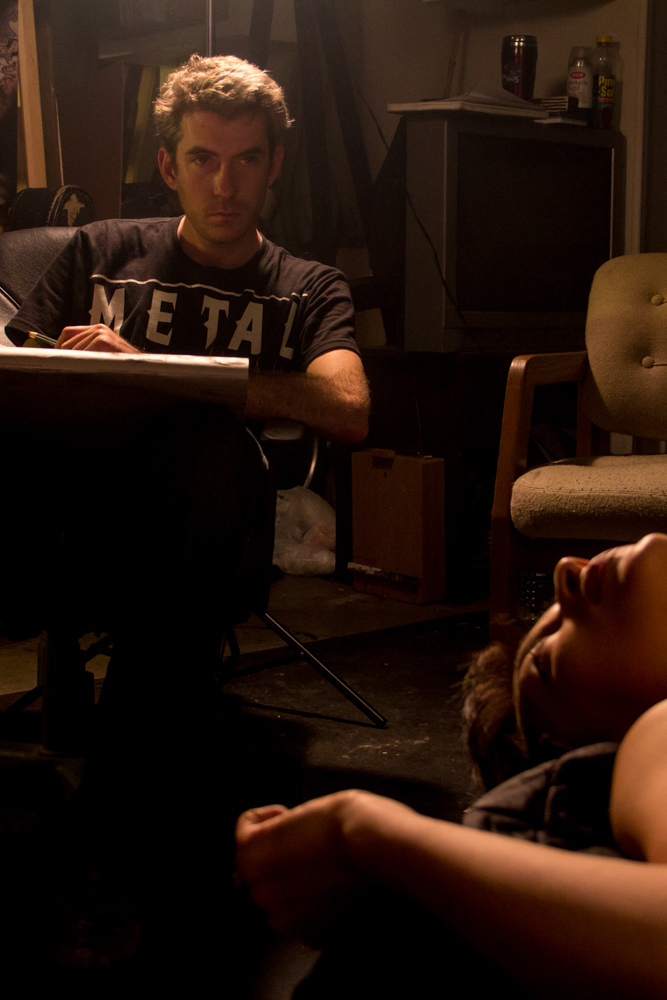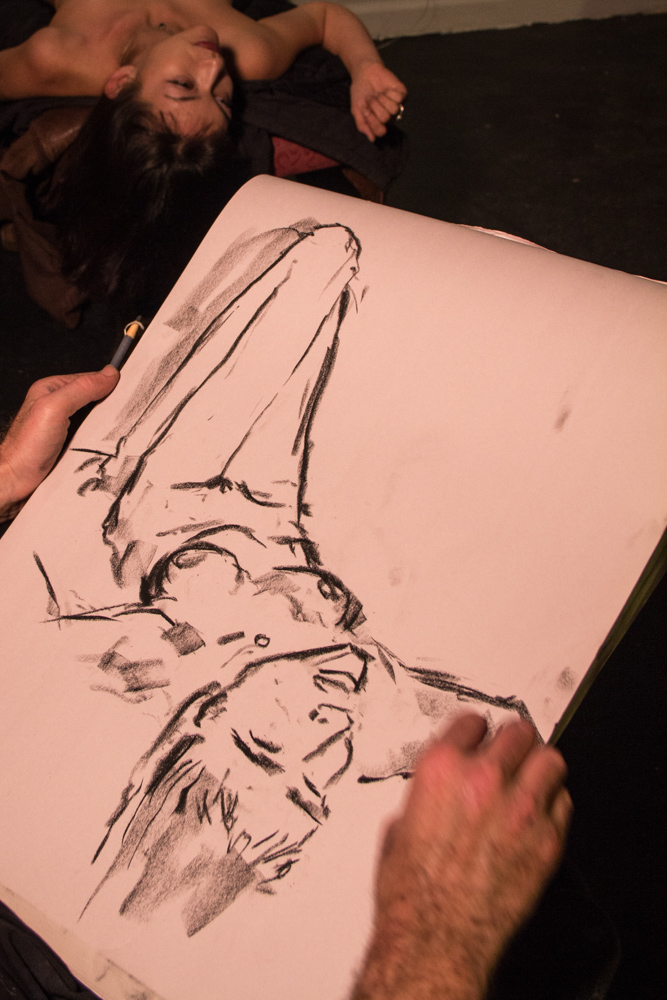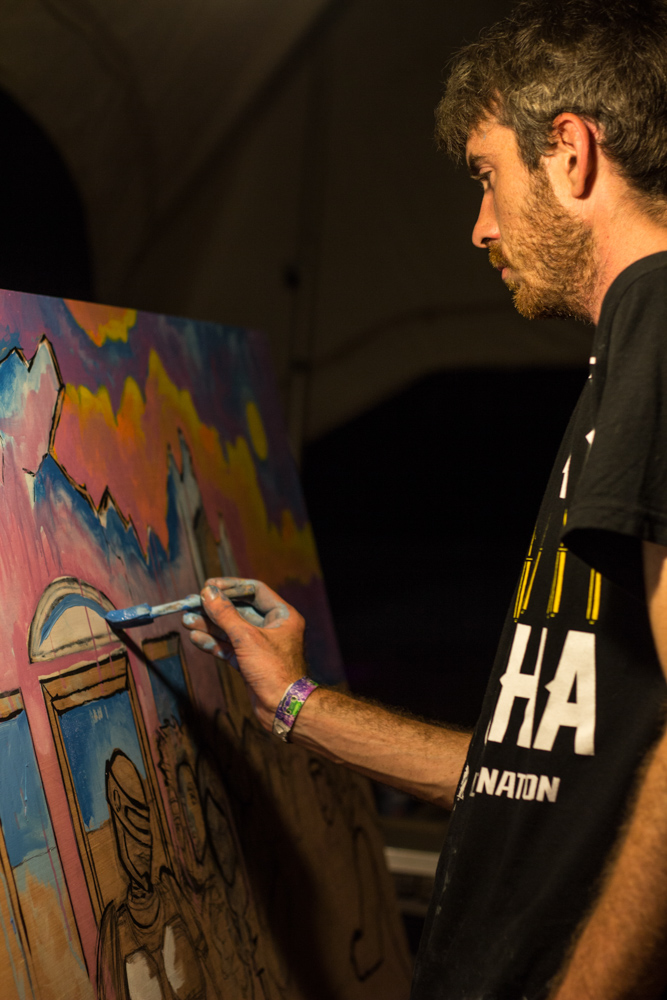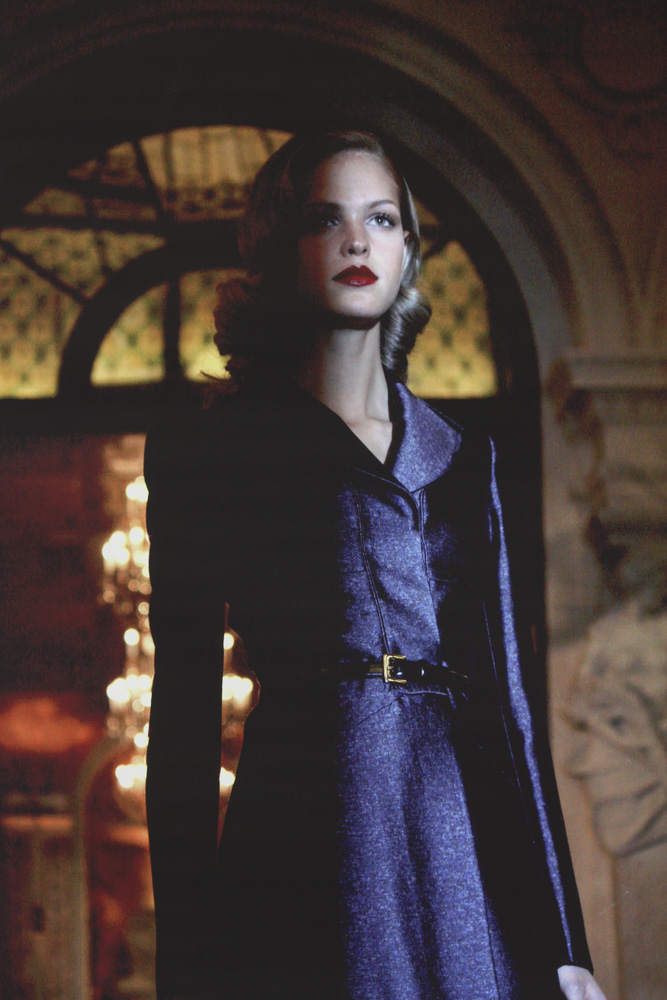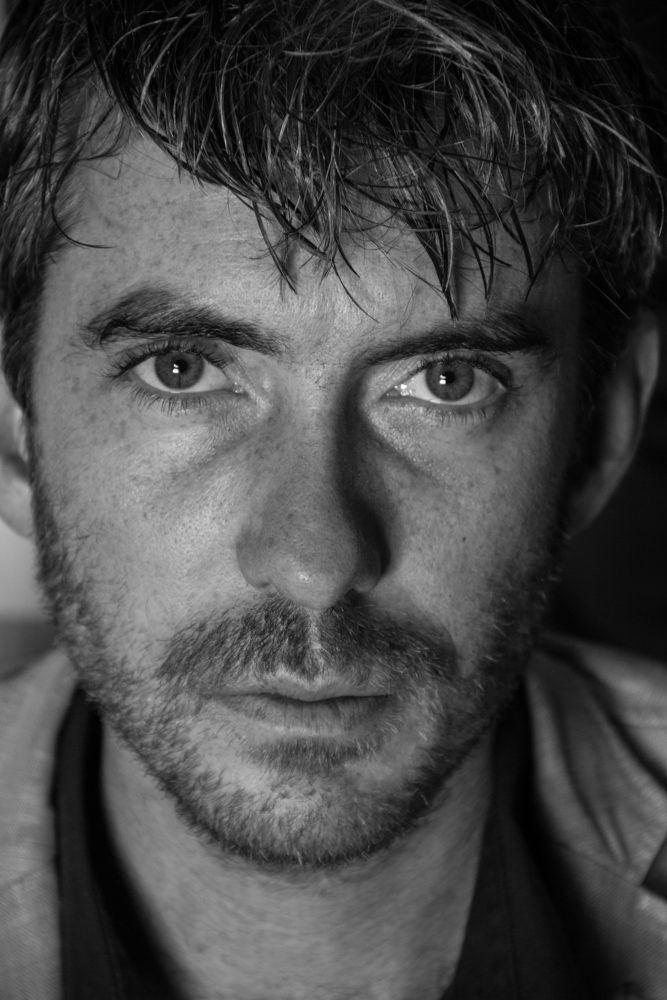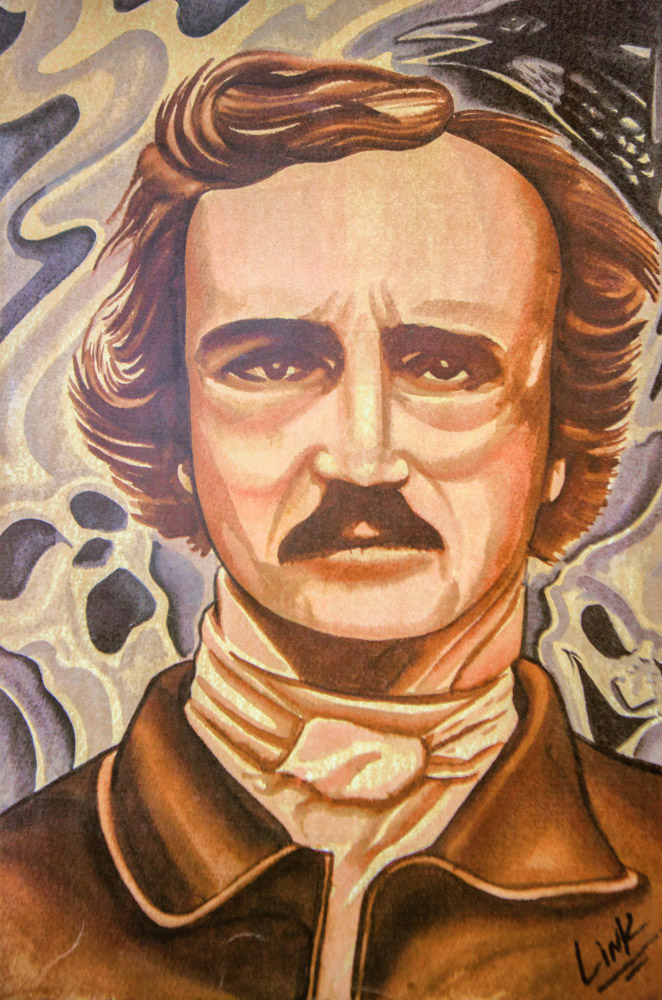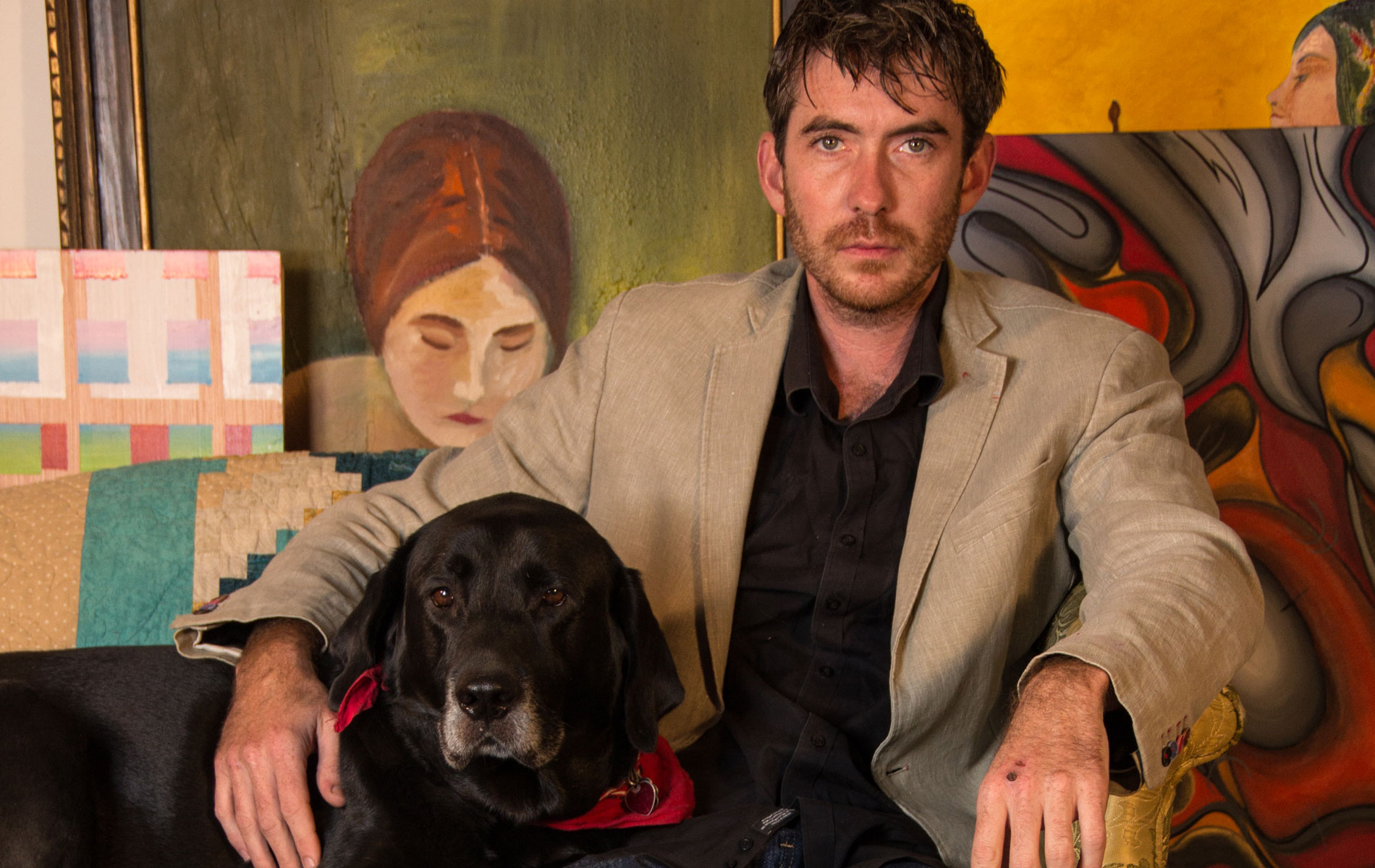
vie-magazine-charles-johnson
The Full Spectrum
Charles Johnson Gallery
By Sallie W. Boyles
Artists flourish when certain elements—light, color, nature, architecture, lifestyle, and attitude, to name a few—blend to produce just the right composition for creative expression. Drawn to places that are beautiful, rich in character, and conducive to meditative thought, artistic souls have understandably gravitated to Montmartre in Paris and to the Taos art colony in New Mexico—so why not the Miracle Strip Parkway in Fort Walton Beach, Florida?
The fact that the fine arts flourish in Northwest Florida is only natural. Like many coastal areas, the region offers breathtaking vistas plus a pace of life that compels one to take time to notice, reflect, and react.
Even so, the touristy part of Fort Walton Beach, better known for its airbrushed T-shirts than for serious art, is not especially seductive to collectors—at least, not until they take a closer look. Ironically, what’s authentic to the area—including a funky beachcomber vibe that sees nothing odd in the symbiotic relationships of tattoo parlors, bars, and a full-fledged ballet academy (the Northwest Florida Ballet)—is precisely what has enticed artist Charles Johnson to establish his gallery/studio on the block. The fact that the tattoo artist and the official photographer for the ballet are both represented in his gallery should indicate that Johnson is not just another guy peddling seascapes.

The unique collection of artists at Charles Johnson gallery represents the full spectrum of art created in various mediums. Photo by Romona Robbins
Twice invited to photograph New York Fashion Week, Johnson is a photographer, painter, and sketch artist who has personally created and seen a broad spectrum of art. He grew up in a military family on the move, so besides having lived in Arizona, Kansas, Maryland, Florida, Ohio, and Germany (where he attended high school), Johnson has traveled extensively. “Living in Germany and traveling Europe exposed me to different styles of architecture, painting, cultures, and customs,” he says. “Many of the experiences from my travels have developed into imagery I’ve incorporated into my works; in some cases, the entire composition will be taken from one scene or experience.”
More than influencing an occasional painting, Johnson reveals that a particular trip to the Cinque Terre in Italy so profoundly changed his perspective that he launched an artistic movement called Spectrumism. “For a deep admirer of art,” he says, describing his epiphany, “there is nothing quite like walking through a museum and being stopped in your tracks by your favorite painting.”

Little Blue-Haired girl by Robert Barton
The concept of Spectrumism is shown more easily through his work than by a definition, but Johnson explains that he aims to challenge artists to evoke contrasting viewpoints, rather than to portray a subject narrowly. In that effort, he urges them to use both full ranges of color and gray scales to convey whatever emerges.
Johnson points to an ambitious work he began five years ago and recently completed. Measuring forty-nine inches wide by ninety-three inches tall, the composite of watercolor, acrylic, and charcoal tells a story of falling in and out of love. “It acknowledges the connection between being carried away by love and trying to build a relationship,” says Johnson. “The painting also realizes the biological versus emotional reasons for love and relationships.”

Washington Beach by Charles Johnson
Many of the artists in the gallery hadn’t previously met, and their ability to connect has been powerful… There’s an understanding of the process and the mechanics, so there are many opportunities for us to bounce ideas off one another.

Despite his complex ideas and executions, Johnson’s work is rooted in some basics he learned over summers spent with relatives in Kansas. Besides observing his grandmother lay out quilt designs in her studio, he took drawing lessons from his great-aunt in form, rendering, shading, and composition. At seventeen, he abandoned painting and all use of color for one year to focus on drawing. “I had to improve my drawing ability,” explains Johnson. “There were subjects that I wanted to paint effectively, but I recognized that I wouldn’t be able to attempt those projects until I perfected the fundamentals.”
Johnson not only takes a studied approach to his own work, but also loves to exchange ideas with other artists. “He’d rather teach than work,” suggests Robert Barton, the first artist to have a solo show at the Charles Johnson Gallery. Employed by the Northwest Florida Ballet as its official photographer and, curiously, its building maintenance manager, Barton is further respected for his drawings, oil paintings, and illuminated collages featuring religious themes. As Johnson’s longtime friend, he adds, “Charles has always collected artists,” meaning that Johnson thrives on bringing fellow artists into his world and facilitating their friendships with one another.
“Many of the artists in the gallery hadn’t previously met,” Johnson affirms, “and their ability to connect has been powerful.” Twenty-four artists are currently part of the gallery’s collection. “As different as one work of art is from another,” he continues, “they all fit in the gallery, and we artists all feel that we belong in the same company. There’s an understanding of the process and the mechanics, so there are many opportunities for us to bounce ideas off one another.”
Part of the gallery is studio space that Johnson makes available to the others, further fostering a collaborative environment. As Barton says, “It’s more like a dorm room; people are always in there drawing.” Confiding that he finds “all the young kids inspiring,” Barton, like Johnson, has assumed a mentoring role. “I was trained in more old-school techniques that prepare a painting to last a hundred years,” Barton explains. “Kids today take a piece of plywood and start painting. I do feel that I can offer a lot of knowledge.”
While Barton is the senior artist at Charles Johnson Gallery, Jonathan Taylor, in his early twenties, is the junior. While also holding a full-time job, he spends many of his spare hours in the studio area working. “It’s a very chill environment,” Taylor says, relaying that he can put over two hundred hours into one piece. Taylor’s preferred mediums are charcoal, graphite, and pen and ink.
Johnson’s decision to open a gallery began with an urge to move his studio out of his house. At the same time, he says, “I couldn’t open a studio and not tell my friends.” For a period, Johnson lived in Ohio, where he opened a gallery with a functioning studio. “It was great having a space away where I could work,” says Johnson. “I also found that my work sold better when people could see the mess, the process of the painting. For someone who doesn’t paint, the ability to be part of that gives them a stronger connection to the piece.”

As different as one work of art is from another, they all fit in the gallery, and we artists all feel that we belong in the same company. There’s an understanding of the process and the mechanics, so there are many opportunities for us to bounce ideas off one another.
Ultimately, that’s his purpose: nurturing connections that place quality pieces of original art in the hands of collectors and, likewise, giving worthy artists the opportunity to make a living with their craft. Exposure is critical to that equation, so Johnson is adding thirty feet of wall space to the gallery, enough to showcase an additional 150 works of art. He’ll also have enough room to feature one artist at a time on a rotation system.
A Charles Johnson Gallery catalog, primarily marketed to other galleries and interior designers around the country, is also in the planning stages. Along with promoting one-of-a-kind pieces, Johnson wants to help artists earn residual income from their originals by creating giclées, or high-quality reproductions, while delivering affordable fine art to resellers and private buyers.
Most of all, he encourages and welcomes people to visit the gallery for the firsthand experience.
- Photo taken by Charles Johnson at the Luca Luca show during Fall 2009 New York Fashion Week at The Plaza Hotel
- Portrait of Edgar Allan Poe by Gary “Link” White. Photo by Romona Robbins
“In this small gallery, which is about the size of a three-car garage, we have a tremendous amount of diversity—watercolor, acrylic, oil, photography, illumination collages, folk art; the styles and subjects could not be more varied,” says Johnson. “When first-time visitors come in, they’ll often ask, ‘Did you paint all of these?’ I’ll tell them, ‘No, there are actually twenty-four artists here,’ and then I’ll walk them around.”
— V —
Official hours at Charles Johnson Gallery are Tuesday through Saturday from 11:00 a.m. until 9:00 p.m., but the lights are often on well past midnight. A representation of the full collection is also viewable online at www.charlesjohnsongallery.com.
Share This Story!
KEEP UP WITH THE LATEST STORIES FROM VIE



